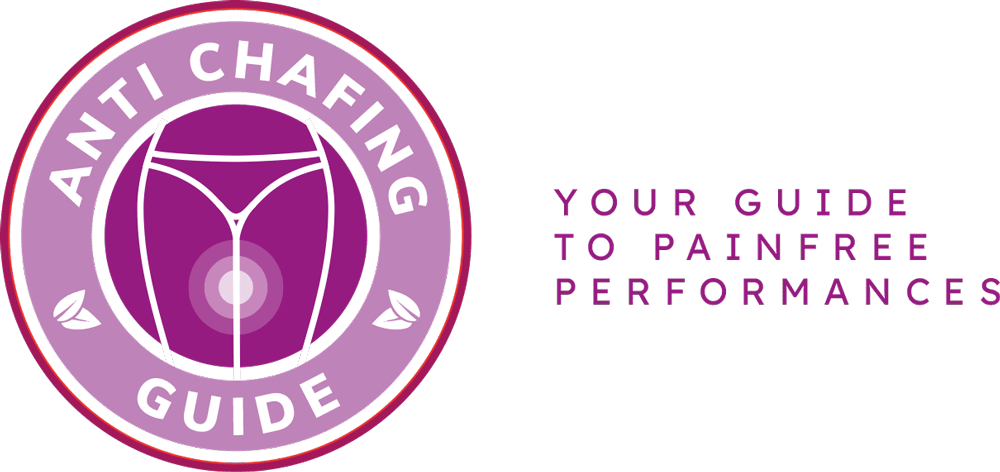Are chafing blisters ruining your day? Don’t worry, help is here! In this article, we will provide you with expert tips from a dermatologist on how to banish those painful chafing blisters forever. Whether you are an athlete or someone who experiences chafing in your everyday life, these tips will surely come in handy.
Chafing blisters can be quite uncomfortable and irritating. They occur when there is friction between your skin and clothing or when body parts rub against each other. Common areas where chafing blisters develop include the thighs, underarms, and feet. But fret not, there are ways to prevent and treat these blisters.
By following the advice of a dermatologist, you can learn how to effectively prevent chafing blisters. This includes wearing moisture-wicking clothing, applying lubricants or powders to reduce friction, and keeping your skin well-moisturized. Additionally, our dermatologist will share valuable tips on how to treat existing chafing blisters, such as using soothing creams and keeping the affected area clean and dry.
So, say goodbye to chafing blisters and hello to a comfortable and blister-free life. Read on to discover the expert tips that will make a world of difference in banishing those pesky blisters for good!
Understanding Chafing Blisters
Chafing blisters can be a real pain, both literally and figuratively. But fear not! With a little understanding, you can banish these pesky blisters forever. So, what exactly are chafing blisters? Well, they are small, fluid-filled pockets that form on the skin due to friction and irritation. The constant rubbing of skin against skin or clothing can cause the outer layer of the skin to break, leading to the formation of these blisters. Ouch!
Chafing blisters commonly occur in areas where there is a lot of friction, such as the inner thighs, underarms, and feet. These areas are particularly prone to chafing because they are often in contact with each other or with clothing. So, if you’re planning on going for a long run or wearing a new pair of shoes, be extra cautious!
Now that you understand what chafing blisters are and why they occur, it’s time to take action. Stay tuned for expert tips on preventing and treating chafing blisters. We’ll explore practical strategies to avoid these painful blisters during physical activities and everyday life. Say goodbye to chafing blisters and hello to comfort!
Preventing Chafing Blisters
When it comes to preventing chafing blisters, there are several practical tips and strategies that can help you avoid this painful condition during physical activities and everyday life. By following these expert recommendations, you can banish chafing blisters forever and enjoy a pain-free existence.
One effective way to prevent chafing blisters is to wear appropriate clothing. Opt for moisture-wicking fabrics that help keep your skin dry and reduce friction. Avoid rough or abrasive materials that can irritate your skin and lead to blisters. Additionally, consider using anti-chafing products such as powders, creams, or lubricants that create a protective barrier between your skin and clothing.
Another crucial aspect of preventing chafing blisters is proper hydration. Staying well-hydrated helps maintain the elasticity of your skin, reducing the likelihood of friction-induced blisters. Make sure to drink plenty of water throughout the day, especially during physical activities.
Furthermore, paying attention to your body’s signals and taking breaks when necessary can also help prevent chafing blisters. If you start feeling discomfort or notice any redness or irritation, take a moment to rest and apply a soothing balm to the affected area. This will give your skin a chance to recover and prevent further damage.
Lastly, maintaining good hygiene is essential in preventing chafing blisters. Keep your skin clean and dry, especially in areas prone to chafing. Regularly wash your clothes and avoid wearing damp or sweaty garments, as they can exacerbate friction and increase the risk of blisters.
By following these practical tips and strategies, you can effectively prevent chafing blisters and enjoy a comfortable, blister-free experience during physical activities and everyday life.
Frequently Asked Questions
- Q: What are chafing blisters?
A: Chafing blisters are painful, fluid-filled bumps that form on the skin due to friction. They are commonly caused by repetitive rubbing or irritation against clothing or other surfaces.
- Q: Where do chafing blisters usually develop?
A: Chafing blisters typically occur in areas where there is constant friction, such as the feet, thighs, underarms, and groin. These areas are more prone to moisture and heat, which can exacerbate chafing.
- Q: How can I prevent chafing blisters?
A: To prevent chafing blisters, you can take several measures. Firstly, make sure to wear properly fitting clothing made of breathable materials. Applying a lubricating product, such as petroleum jelly or anti-chafing balms, can reduce friction. Additionally, keeping the affected areas clean and dry can help prevent chafing blisters.
- Q: How can I treat chafing blisters?
A: If you develop chafing blisters, it is important to avoid popping or draining them, as this can increase the risk of infection. Instead, gently clean the area with mild soap and water, and apply a sterile bandage or dressing. Over-the-counter creams or ointments containing zinc oxide or hydrocortisone can also provide relief and promote healing.
- Q: When should I seek medical attention for chafing blisters?
A: While most chafing blisters can be treated at home, you should seek medical attention if the blisters are large, painful, show signs of infection (such as redness, warmth, or pus), or do not improve within a few days. A healthcare professional can provide appropriate treatment and advice.


Keith is originally from Truckton, Colorado. The 54-year-old cared for his overweight wife for many years. Keitch is also a freelance editor at antichafing.net and supports the team as a competent advisor. In his spare time Keith enjoys reading books, visiting his homeland and is a passionate product tester for well-known manufacturers.

